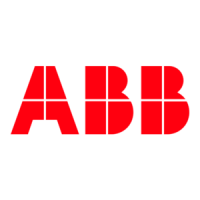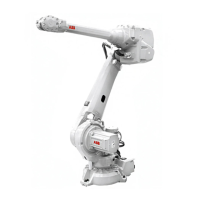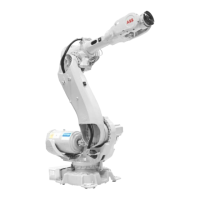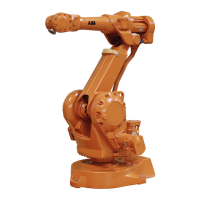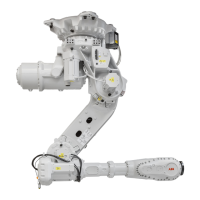How to troubleshoot bad position accuracy in ABB Robotics?
- RRhonda GarrettAug 5, 2025
If you're experiencing bad or varying position accuracy with your ABB Robotics system, begin by verifying the accuracy of the Counts Per Meter calibration, performing this check multiple times. Avoid using drive shaft encoders, as belt slippage between the roller and belt can introduce variability. Inspect the camera calibration; a poor-quality calibration grid will lead to inaccurate calibration results. Check for height differences between the calibration paper and the product. Also, look for parallax errors when identifying high products and ensure the camera is not mounted on the robot frame, as this can cause camera vibrations.
